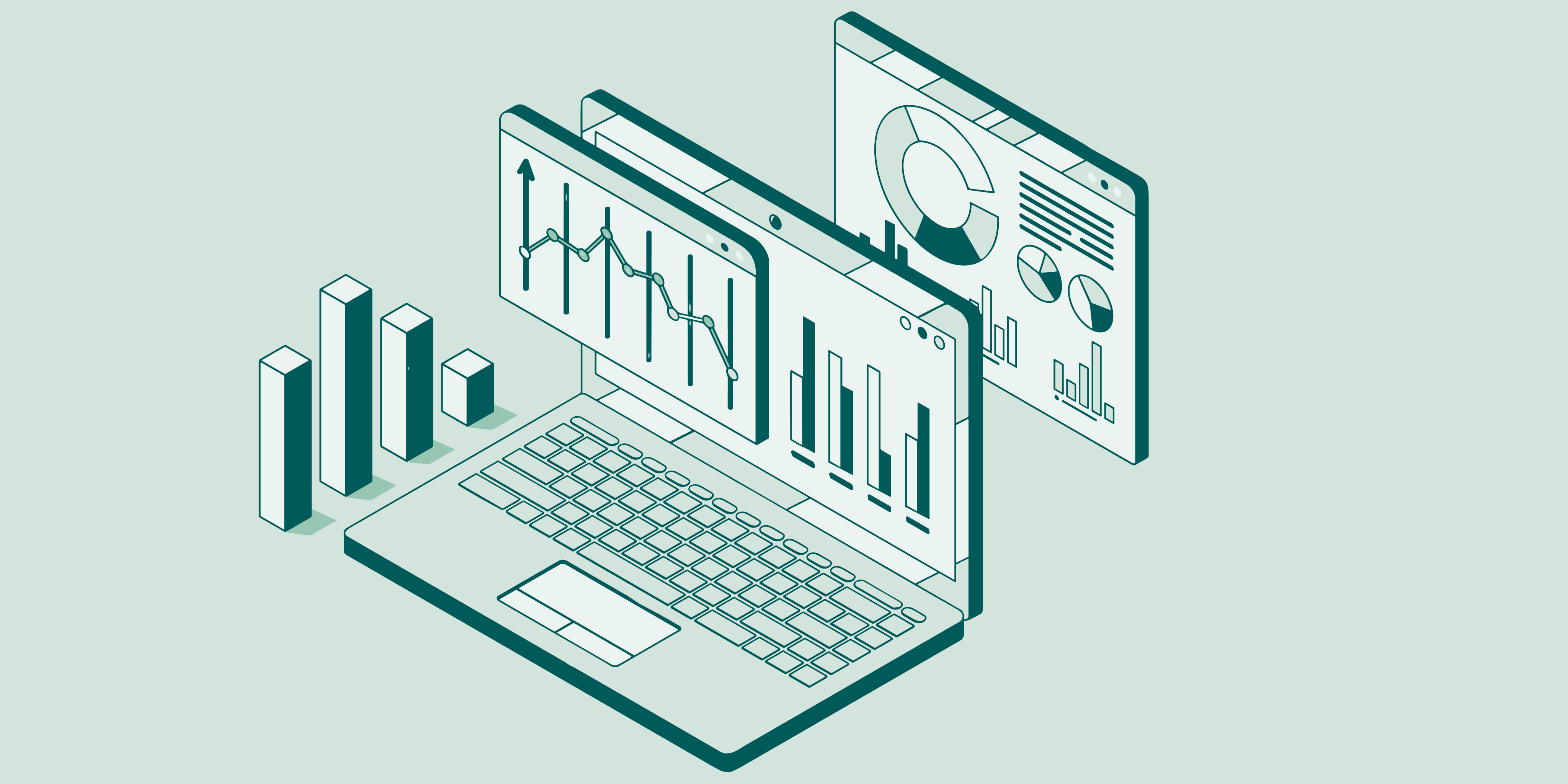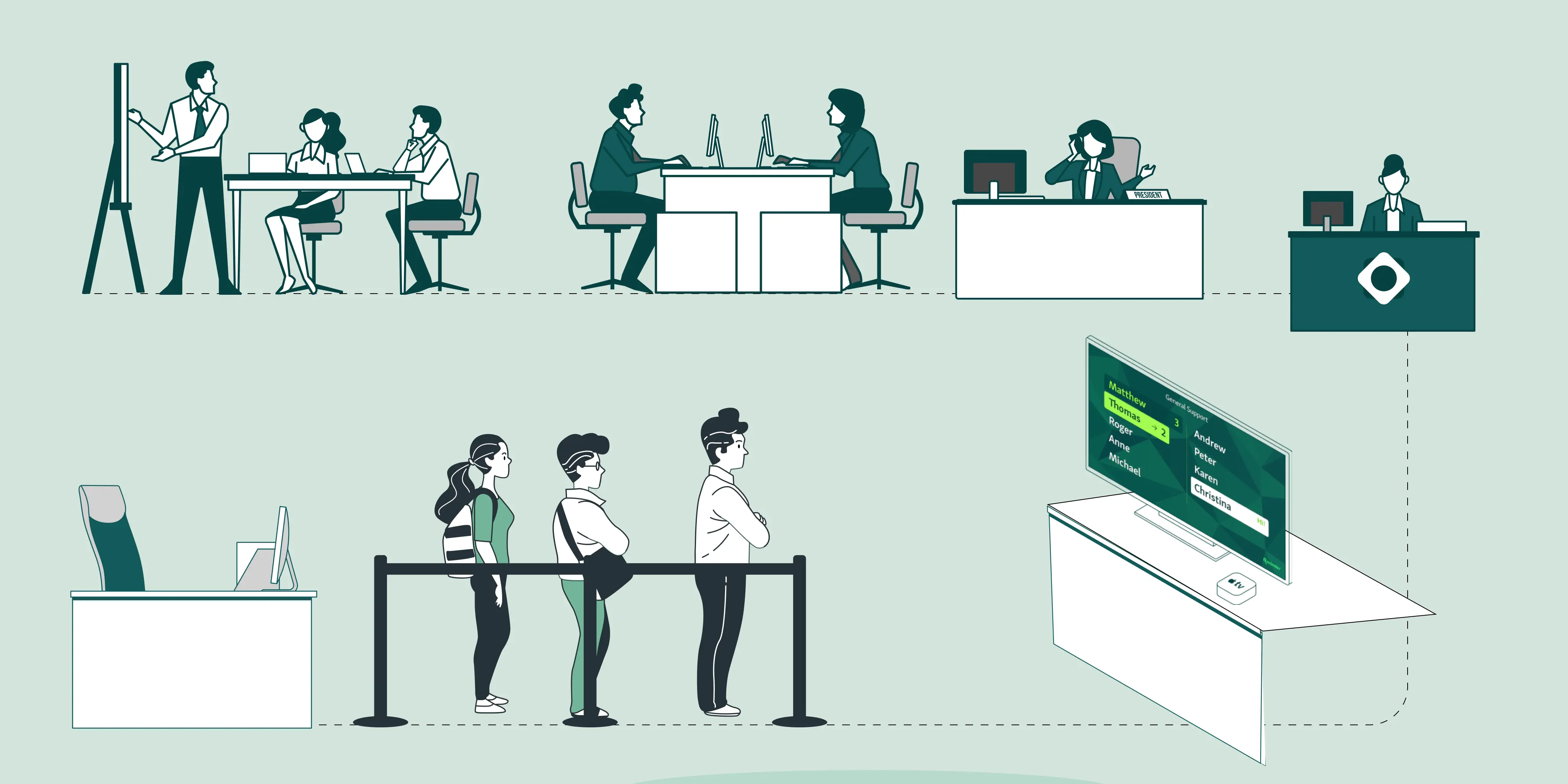If you’ve ever spent hours waiting at a DMV or city hall, you’re not alone. Long lines, unclear processes, and poor communication make a simple errand feel like an all-day task. These aren’t one-off issues, they’re baked into how many public offices still work. But that’s starting to change.
More local governments are moving towards digital solutions, and one of the most effective tools is a virtual queuing system. Instead of standing in line, citizens join a DMV virtual queue remotely and get updates on their wait status.
This guide breaks down how virtual queues work and shares five ways they help improve public service delivery, from shorter wait times to smoother walk-in experiences.
What Is a Virtual Queuing System and How Do Virtual Queues Work?
A virtual queuing system lets people join a line without having to physically stand in one. It starts with a quick remote check-in — usually through a website, mobile app, or onsite kiosk. Once checked in, they get a digital ticket and real-time updates on their spot in line.
The system tracks their turn and sends reminders or instructions through text or email. No guesswork. No crowding.
Traditional paper slips or packed lobbies don’t offer any of that. With a DMV virtual queue system, people wait on their own terms — whether they step out for coffee or wait in their car.
These systems fit right into local government offices. Whether someone’s renewing a license, getting a permit, or handling tax paperwork, a virtual queuing system helps cut down the wait and makes the whole experience less stressful.
Common use cases include:
DMV registration and renewal counters
Permit and building services
City clerk’s office and passport applications
Property tax and utility billing desks
For citizens, that means fewer lines, less time wasted, and better service. For staff, it means less crowd control and more focus on helping people.
Why Local Government Needs a DMV Virtual Queue System
Places like DMVs, city halls, and licensing offices often deal with heavy foot traffic and limited space. Traditional “take-a-number” methods don’t offer much visibility or control. That leads to packed waiting rooms, staff burnout, and frustrated citizens.
Reason 1- Reduce Long Wait Times and Improve Flow
When people have to line up early and wait for hours, it wears down trust. It also slows down how staff work and makes the experience frustrating for everyone.
A DMV virtual queue lets citizens check in from their phone or a kiosk and hold their place without physically standing in line.
They get real-time updates and only need to arrive when their turn is near
Waiting rooms stay clear, which eases stress for both staff and visitors
The whole process becomes more organized, with fewer walkaways and fewer repeat questions
Instead of managing lines, staff can focus on helping people.
Think of someone renewing their license. Instead of waiting in a packed room for two hours, they join the line from their phone and show up right before their number is called.
Read also - Key Factors That Affect Service Time in Government Services and How to Manage Them
Reason 2- Increase Accessibility and Convenience for All Visitors
Spending hours in a physical line isn’t possible for everyone. Older adults may struggle with standing. Working citizens can’t always afford to miss hours of their day. And for people with disabilities, crowded waiting areas create added stress.
A DMV virtual queue gives people a better way to wait. It’s not just about speed — it’s about control and comfort.
Mobile and website check-in lets visitors join the line remotely
Real-time wait updates reduce the need for follow-ups or uncertainty
Multilingual options make the experience easier for non-native speakers
Touch-friendly interfaces support users who aren’t tech-savvy
This isn’t just a nice-to-have. For many, it’s the difference between getting help and giving up.
For instance, someone could check in from home, track their spot in line, and only head out when it’s nearly their turn, no standing, no guessing.
Read also - Limited English Proficiency (LEP): Best Practices & More
Reason 3- Improve Staff Efficiency and Resource Allocation
When staff aren’t stuck managing crowds or calming frustrated visitors, they can actually focus on helping people. That’s what a virtual queuing system makes possible. It gives frontline teams the space to do their jobs better.
With live service dashboards, managers get a full view of the queue — who’s waiting, how long, and for what.
Staff can be reassigned based on current wait times and upcoming peaks
Teams can prioritize by service type, urgency, or appointment status
Less chaos at the front desk means faster service at the counter
Instead of reacting to problems, staff can stay one step ahead. That’s a major shift in how offices run.
For example, if tax inquiries spike mid-morning, staff can be reassigned from quieter counters to handle the rush before lines build up.
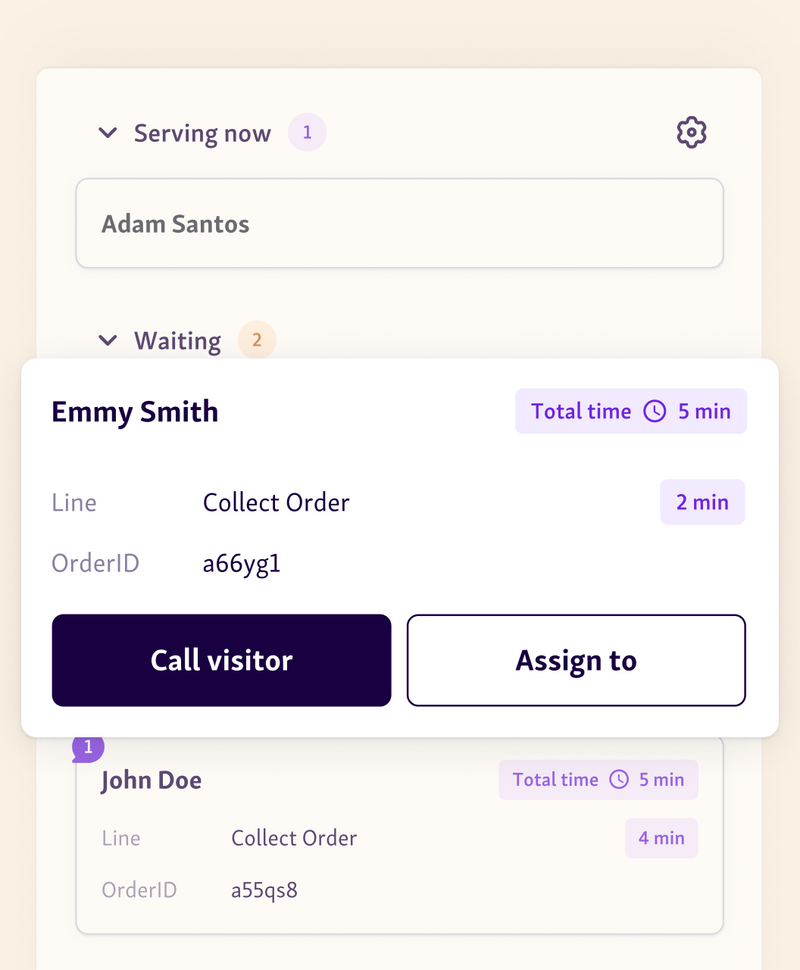
Reason 4- Enable Real-Time Communication and Updates
Visitors are always in the know with a virtual queuing system. From the second they check in people are being notified, whether that be a change in their estimated wait time, or a reminder to head in shortly. Automated notifications via SMS or email can be sent so users stay informed, without having to ask.
Two-way customer messaging is also very convenient. If an individual wants to know about queue status but is running late, or can't make it, they can simply reply directly - no more calling or waiting on hold.
Automated alerts reduce crowding and last-minute confusion
Visitors can confirm, cancel, or reschedule without extra steps
Offices get fewer walkouts and better queue control
For example, if someone checks in for a permit renewal and sees they still have 20 minutes, they can use that time to grab a coffee instead of sitting in a packed lobby.
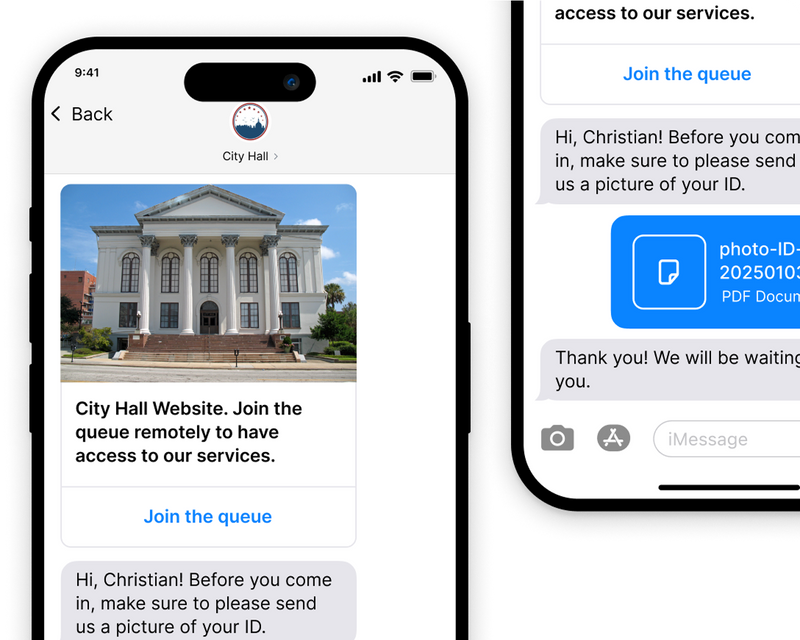
Reason 5- Gather Data to Improve Future Operations
Every visitor check-in adds a data point. Over time, these patterns start to show what’s really happening — when traffic spikes, how long each service takes, and how often people miss their turn. A virtual queuing system doesn’t just move lines faster. It gives teams the insight to plan better.
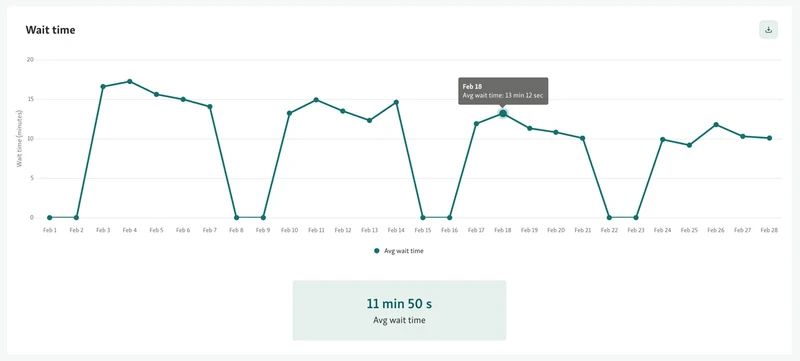
With this information, offices can:
Adjust staffing based on real demand, not guesswork
Spot service bottlenecks and fix them early
Track improvements over time with measurable data
For example, if Monday mornings consistently see long waits for license renewals, managers can schedule more staff during that window to reduce delays.
Final Thoughts on Virtual Queuing for Public Services
Long lines, frustrated visitors, and overwhelmed staff are not just inconvenient—they hold back public service delivery.
A DMV virtual queue or city hall queuing system changes that. With shorter waits, better communication, and smarter staffing, local offices can finally run the way citizens expect them to.
A good virtual queuing system makes life easier for both sides of the counter. Qminder is trusted by government agencies to do exactly that. It helps public offices modernize operations without adding complexity.
If you’re ready to serve people better and work more efficiently, see how Qminder can help your office move forward.
Yes, most virtual queuing systems have privacy in mind, and companies like Qminder have a solid foundation in security with certifications such as SOC 2 and compliance standards like GDPR by controlling information such as phone numbers and service type to be encrypted with data in a secure area.
Of course! Virtual queuing systems can function for both walk-in services and appointment-based customers. Walk-in customers can simply visit a kiosk or use their mobile device to sign in and enter queue while receiving real-time updates without needing to schedule anything.
With all systems it depends, but platforms such as Qminder can have a start to finish setup time in a couple of days. By using cloud-based setup customers do not have to implement considerable IT differences in terms of hardware or software, and so notice little disruption in their advanced preparations.


